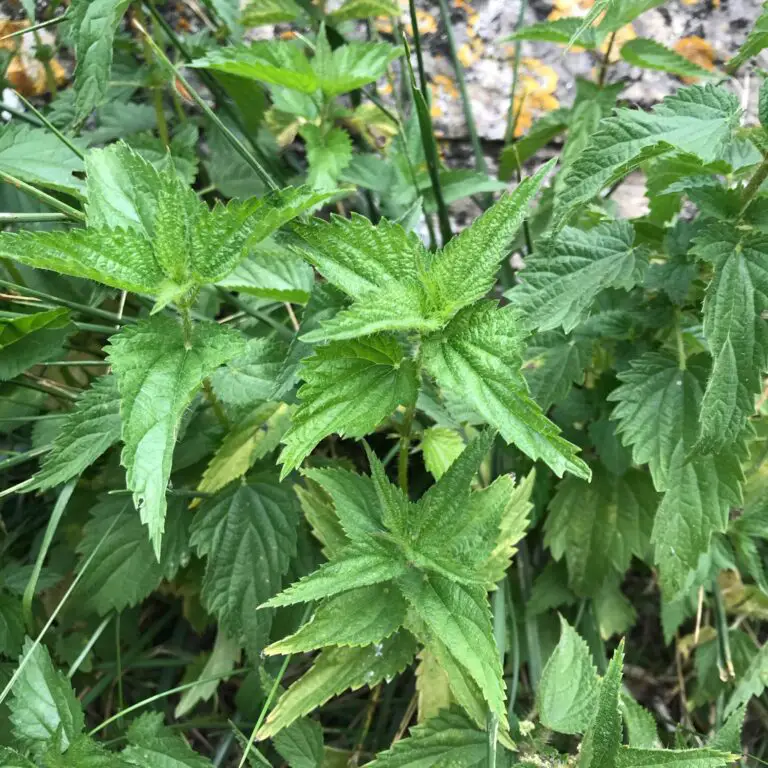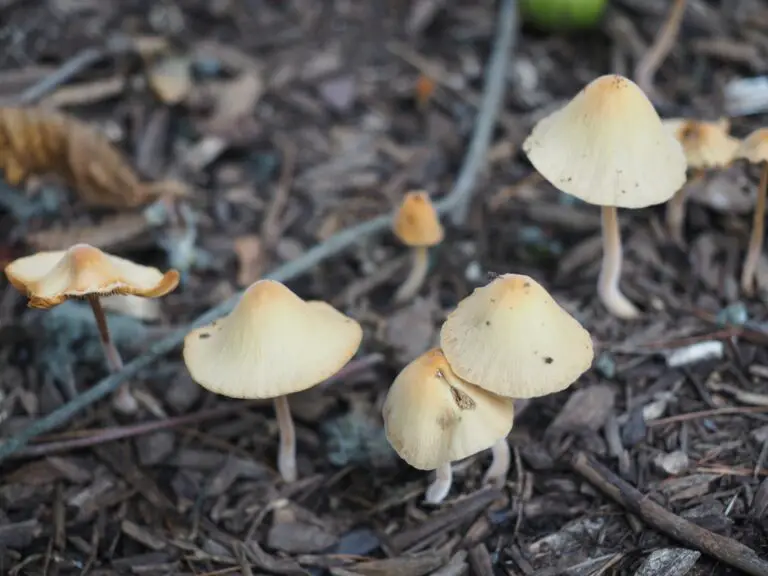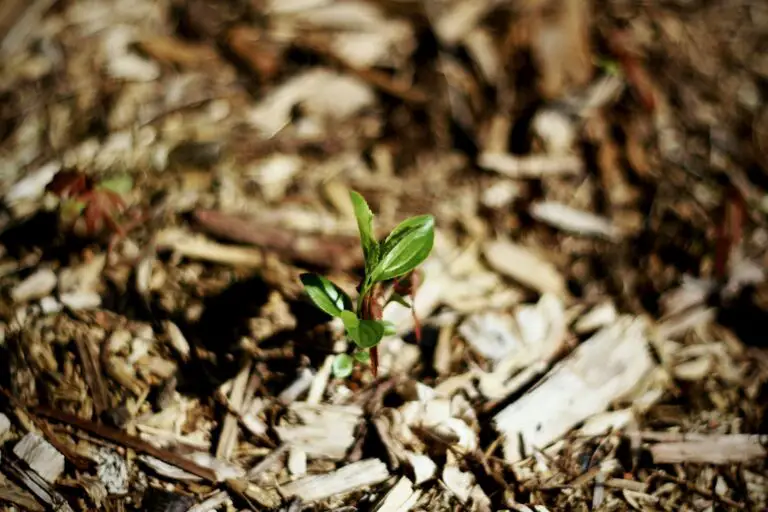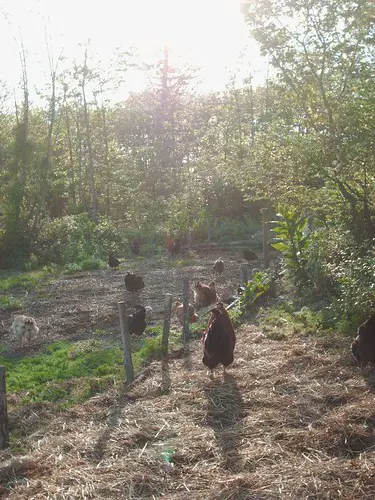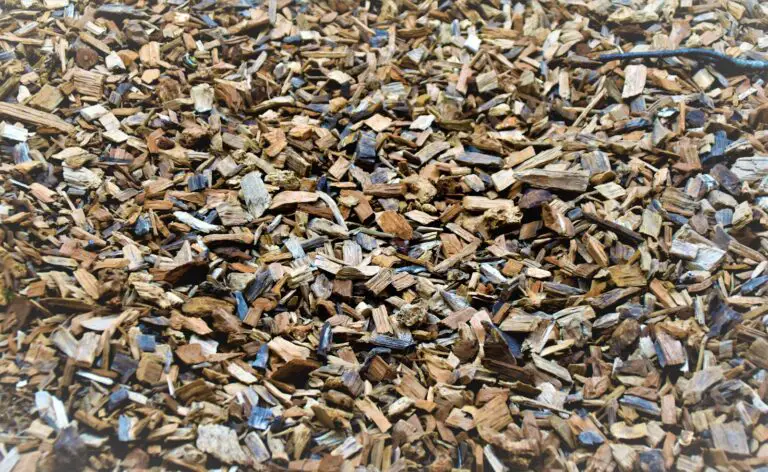Natural Materials for Homemade Mulch in Gardening: A Sustainable Approach
Gardening is an art of balance—of coaxing the land and the plants to yield what you desire. Central to this balance is the practice of mulching, a simple yet powerful technique that can redefine the health and productivity of your garden. Mulch not only beautifies your garden beds but also offers numerous benefits to your plants by regulating soil temperature, conserving moisture, and suppressing weeds. And when it comes to environmental sustainability and your garden’s long-term health, choosing natural materials for your mulch becomes more than just a gardening decision—it’s a commitment.
In this comprehensive guide, we’ll explore various types of natural materials you can use for homemade mulch, and we’ll also deep-dive into the benefits of natural mulch over synthetic options, how to properly apply it for optimal results, and the broader implications for an eco-conscious approach to gardening.

Types of Natural Materials for Homemade Mulch
When it comes to homemade mulch, nature provides a plethora of choices, each with its own set of benefits and aesthetic charms. Here are the most popular types of natural materials you can choose from.
Straw
Straw is one of the most common and effective natural mulches. Usually composed of cereal straws such as wheat, oats, or rice, straw is lightweight and easy to handle. It decomposes relatively slowly, which means less frequent reapplication compared to some other mulch materials. It’s ideal for vegetable gardens, as it doesn’t add too much nutrient value to the soil, thus not affecting pH levels—an important consideration for specific crops.
Leaves
Leaves are abundant in nature and can be a free resource for your mulching needs. They are best collected in the fall when they are damp and shredded for better packing and weed suppression. Leaves offer a gentle addition of nutrients as they decompose, improving the soil structure and, if the leaves are from nitrogen-rich trees like maple, providing a small boost to the soil’s nutrient content.
Grass Clippings
Freshly cut grass clippings are high in nitrogen, making them an excellent material for a ‘green’ mulch that can hasten the decomposition process and return nutrients to the soil. When using grass clippings, it’s essential to keep a few things in mind—spread them out thinly to avoid matting and foul odors and avoid using clippings from lawns treated with pesticides or herbicides.
Wood Chips
Wood chips offer a longer-lasting and aesthetically pleasing option for mulch. They decompose slowly, making them one of the most low-maintenance mulches. It’s advisable to use aged wood chips—fresh chips can leach nitrogen from the soil during the decomposition process, potentially harming plants. Wood chips are excellent for pathways and gardens with perennial plantings.
Pine Needles
Pine needles, also known as pine straw, are an acidic mulch, making them perfect for acid-loving plants like blueberries and azaleas. They are also known for their ability to stay in place due to their interlocking nature, which is particularly useful on sloped beds. Their slow decomposition rate means you won’t need to top up your mulch too often.

Benefits of Using Natural Materials as Mulch
The practice of mulching with natural materials goes beyond garden aesthetics. It is a story of providing the best for your plants while making sustainable choices for the environment.
Weed Suppression
Mulch creates a physical barrier that inhibits the germination and growth of weeds. Organic mulches like those derived from natural materials also offer the additional benefit of weed seeds in the mulch layer not finding the necessary conditions for germination, essentially reducing weed growth with each application.
Moisture Retention
Mulch acts as a sponge, slowing the evaporation of water from the soil, and in the case of grass clippings or leaf mulch, can hold its own source of moisture. This means you’ll need to water less frequently and your garden will be better equipped to handle dry spells.
Soil Improvement
As natural mulches decompose, they contribute organic matter to the soil. This organic matter improves the soil’s fertility, structure, and tilth. It encourages the activity of earthworms and beneficial microorganisms, all of which contribute to a healthier garden ecosystem.
How to Use Natural Materials for Mulching
Mulching is not as simple as piling materials on the ground; there is a science to it that, when followed, can greatly enhance its effectiveness. Here are some guidelines for using natural materials when mulching.
Application Tips
- Apply mulch in a layer that’s 2-3 inches deep around ornamental plants and up to 4 inches for vegetable gardens.
- Leave a small gap around the plant stem to allow for air circulation and prevent rot.
- Don’t pile mulch against the trunk of trees, as it can increase the risk of pests and diseases.
- Reapply mulch seasonally, as it decomposes, to maintain the recommended depth and benefits.
Best Practices
- Use a variety of natural mulch materials throughout your garden to enjoy a combination of benefits and aesthetics.
- Monitor the health of your plants and the behavior of the mulch to adjust the application as needed.
- Keep the mulch layer consistent, as weather and decomposition can cause it to compact or thin out over time.
Environmental Impact and Sustainability
The use of natural materials for mulch aligns with the principles of sustainability and environmental stewardship. By recycling waste from your yard or collecting materials like leaves and pine straw, you reduce the need for landfill space and energy-intensive manufacturing processes used for synthetic mulches.
Advantages Over Synthetic Mulches
- Natural mulches don’t introduce potentially harmful chemicals into the environment or the food chain.
- They offer the dual benefit of weed prevention and soil enrichment, which synthetic mulches may not provide.
- Using grass clippings and leaves can save on disposal costs and prevent these organic materials from contributing to greenhouse gas emissions in landfills.
Sustainability in the Broader Garden Context
When you use natural materials for mulch, you contribute to a broader vision of sustainability in gardening. Natural mulches can act as a part of a garden’s closed-loop system, where waste is turned into a resource. They promote healthy soil and foster a diverse range of beneficial organisms, operating in a natural rhythm that minimizes the gardener’s intervention.
Conclusion
The art of mulching with natural materials is about much more than appearances. It encapsulates the essence of sustainable gardening, where one’s actions nourish the environment and the flora alike. From the practical benefits of weed control and moisture retention to the more profound impacts on soil health and the larger ecosystem, the case for natural mulch in gardening couldn’t be clearer.
By choosing to mulch with materials that are found in our immediate surroundings and are a product of natural, regenerative processes, you’re not only treating your garden to a banquet of benefits but also participating in a virtuous circle of care for the Earth. In every layer of straw, leaf, chip, or needle that you lay down, you’re making a statement about the kind of gardener you are—one that understands and values the interconnectedness of all living things.
In weaving natural mulches into your gardening routine, you’re cultivating not just plants but a deeper understanding of your place in this delicate web of life. It’s a small act with vast implications, transforming your garden into an emblem of ecological harmony and long-term abundance.

